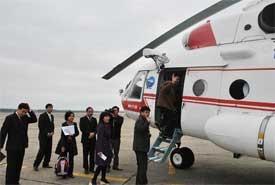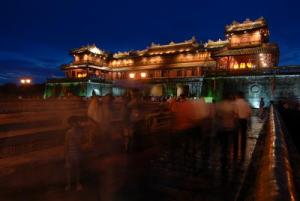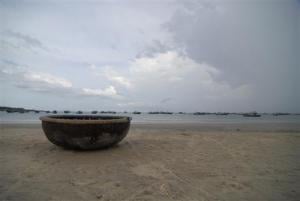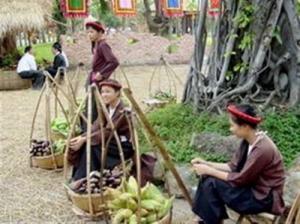Can Tho’s Fight for Survival
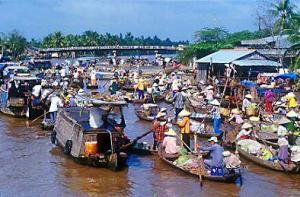
Can Tho City, of Mekong Delta, along with the country’s southern region, is in dire situation as several environmental problems pose a serious threat to the area. Pollution and contaminated underground water are reaching dangerous levels, but climate change is the biggest threat that needs to be addressed urgently, so big that it could spell the region’s ultimate fight for survival.
According to a study conducted by Chulalongkorn University of Thailand, the average temperature in Can Tho has already increased 0.7 degree Celsius, while that of Vietnam’s entire southern region has increased 0.5 degree Celsius over the past 50 years. By 2100, it is predicted to increase another two degrees. The number of days with the average temperature higher than 35 degrees Celsius may increase to 240 per year this year from last year’s 100. Rainfall in Vietnam has changed abnormally. Rainfall has substantially decreased over the past 10 years, resulting in droughts and freshwater shortages that aggravated the city’s saltwater intrusions.
But when it does rain during the rainy season, the rainfall gets bigger, causing massive floods in the whole Mekong Delta. According to the Ministry of Natural Resources and Environment, sea levels will rise by one meter at the end of the 21st century due to a number of combined factors: climate change, northeastern wind pushing water from the earth’s north to south, the Coriolic force from the earth’s equator, and Mekong River’s heavy rains and flooding. The increasing number of storms also contributes to the climate change. Last century, the rate between the number of storms or tropical low atmosphere hitting the delta was only 0.75%, but this has increased to an 2.85% over the past 30 years.
Higher saltwater concentration, drowning and landslides are just some of the problems that living things have to face. Plants, animals and most especially human lives are greatly endangered by this alarming issue with the climate. Environmental pollution, diseases, epidemics and death are possible scenarios with this kind of dilemma that may as well affect the whole world. Because of this, Can Tho has to think of urgent and effective solutions to fight this looming battle. So far, there have already been 40 proposals to solve the problem of climate change, ensuring the security and continuity of human existence and livelihood. Of all these proposals, three main models are believed to be the most effective: construction of sea and river dikes, raising people’s houses above the expected highest water level, and changing the people’s means of livelihood to adapt to the new situation.
Migration is another option, moving the residents to higher locations such as the Central Highlands or the southwestern regions to reduce the risk and totally escape from any possible endangerment. But this plan requires serious research, time and funding in order to be made operational. This also requires the full cooperation of the government, all agencies and the people themselves in order to ensure everyone’s survival.




